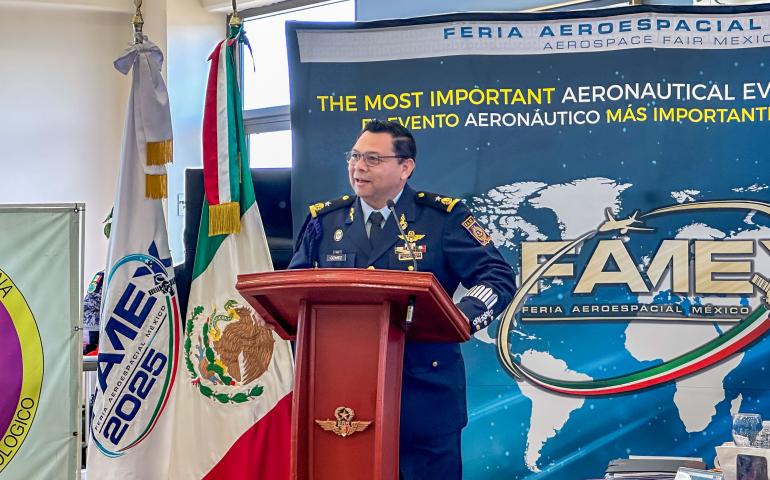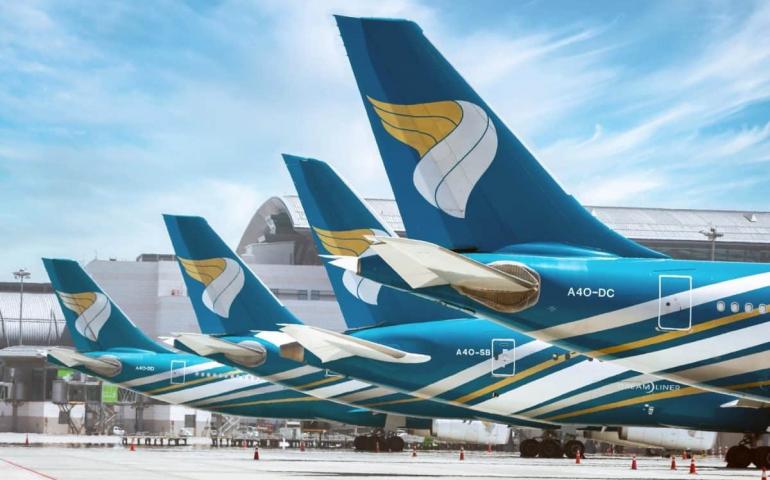
How can airlines, governments, and big business use sustainable biofuels to significantly reduce the aviation sector’s environmental impact?
In 2019, fueled by globalization and economic growth, air travel boomed—and with it boomed its contribution to global greenhouse gas emissions. With the policy debate focused on achieving climate neutrality by 2050, the aviation sector committed to reducing carbon emissions by 50% from its 2005 level by 2050.
The COVID-19 pandemic has left a stark imprint on the global aviation sector in 2020. The International Civil Aviation Organization (ICAO) estimates a reduction of over 3 billion passengers and US$302 billion in lost airline revenues. However, the rhetoric from the European Commission, national governments, and big business is of a green economic recovery, with sustainable aviation well placed to be a significant contributor. The technology exists today to significantly reduce the emissions from flying by increasing the proportion of sustainable biofuels used in jet fuel. Recovery packages for airlines could be made conditional on reducing future climate impacts, with some companies welcoming the opportunity to reduce their environmental impacts to attract sustainability-minded travelers.
Fuelling sustainable aviation
Sustainable Aviation Fuels (SAFs), produced from bio-based feedstocks, are a key component of the strategy to reduce aviation’s climate impact. Substituting and blending SAFs with jet fuel is technically feasible; in fact, the aviation sector has used SAFs for over 10 years. With barriers to supply and demand prevailing, however, consumption levels remain extremely low. In 2018, SAF use was 17 million liters, compared to over 430 billion liters of fuel consumed in global aviation.
For SAF to be used in aircraft, it must meet strict fuel specifications and must behave comparably to fossil fuel during the combustion process. However, the number of approved biofuel production pathways is limited. The American Society for Testing and Materials has developed standards for six biofuel pathways, while Carbon Offsetting and Reduction Scheme for International Aviation has approved five pathways for blending with fossil jet kerosene. Hydroprocessed esters and fatty acids are the most technically mature and commercialized approaches to date.
SkyNRG announced plans for a commercial-scale SAF production facility in the Netherlands, scheduled to open in 2022. The plant is expected to produce 130 million liters of SAF annually; KLM has committed to take about 100 million liters/year for a 10-year period.
The scale, of course, indicates the challenge. Upscaling is difficult without significantly more investment. The International Energy Agency (IEA) estimates that increasing SAF production capacity to contribute 2% of annual jet fuel demand would require 20 new refineries and an investment of over US$10 billion.
In addition, feedstock supply creates a bottleneck, as competition from the road fuel sector for feedstock meeting sustainability criteria increases. Feedstock prices represent a major SAF cost component, and price volatility can create supply problems for fuel producers. Furthermore, SAF price dynamics make it uncompetitive with jet fuel, which in June 2020 was about US$0.25 per liter. Since jet fuel accounts for over 20% of airline costs, and with margins tight, any increase in fuel cost to accommodate SAF use will likely pass through to ticket prices. With competition between airlines rife as customers seek the lowest ticket prices available, airlines have been reticent to take the plunge.
European progress on SAF
There has been significant progress in SAF production and use over the last decade, supported by European Union (EU) policies such as the Renewable Energy Directive (RED) and Emissions Trading Scheme (ETS).
The RED requires fuel suppliers to ensure that at least 14% of the energy used in the EU transport sector comes from renewable sources (including SAF) by 2030. It also allows the possible implementation of a “voluntary aviation opt-in” in national legislation; the Netherlands and the United Kingdom took up this opt-in. The ETS provides an incentive to aircraft operators to use SAF that comply with the sustainability criteria defined in the RED by attributing them zero emissions under the scheme.
Nonetheless, further research and development of feedstocks and biofuels is required. Some EU and national funding mechanisms already have a mandate to support innovation projects, such as the Innovation Fund under the ETS and the EU’s "Horizon 2020" program, which assigned €464 million during the 2013-2020 period to study advanced biofuels. However, only €25 million of this was allocated to SAF.
A recent survey by the International Renewable Energy Agency (IRENA) of leading advanced biofuel investors identified the lack of supportive policy frameworks enabling a more stable and predictable investment environment as the key barrier to SAF growth and sustainability.
Opportunities for SAF in Europe's Green Deal
With transport a key focus of the “European Green Deal,” the Commission plans to develop a strategy for sustainable and smart mobility. This strategy, which will include a new legislative initiative entitled “ReFuelEU Aviation – Sustainable Aviation Fuels,” aims to boost SAF supply and demand by developing policy measures linked to production and consumption.
It is too early to tell what these measures will be and their market-distorting effects. But SAF can take pointers from agricultural policies, including subsidies and price control mechanisms (such as auctions), which have historically affected production levels and prices, production methods, investments in infrastructure, and trade. The IEA estimates that achieving a 5% SAF contribution to global jet fuel demand would require subsidies of US$6.5 billion— not even 5% of global subsidies supporting renewable energy in 2017. Furthermore, tax incentives or penalties could stimulate demand and improve SAF competitiveness compared to fossil fuels. Like RED, more stringent measures, such as national blending mandates, targets, and procurement, could be implemented to guarantee SAF offtake.
From a finance perspective, public finance in the form of grants and concessional loans are flowing to support projects from national and regional bodies. For example, the UK government has, so far, provided a £0.9 million grant to develop a facility that will convert hundreds of thousands of tons per year of residual waste into SAF.
But more public finance is required to meet the larger need. Perhaps the most effective use of public finance could be through providing risk mitigation instruments, such as subordinate or first-loss capital (taking losses ahead of private investors), or instruments such as guarantees and insurance mechanisms.
Clarity through expertise
Our new normal must be one that is more sustainable and resilient to tackle future challenges.
-
Are you positioned to anticipate and react to economic, social, environmental, and regulatory changes as they arise?
-
How will new technology trends and social and environmental risks affect your revenue and supply chain?
-
What is your decarbonization strategy, and where does SAF and other mitigation options sit within it?





Facebook comments